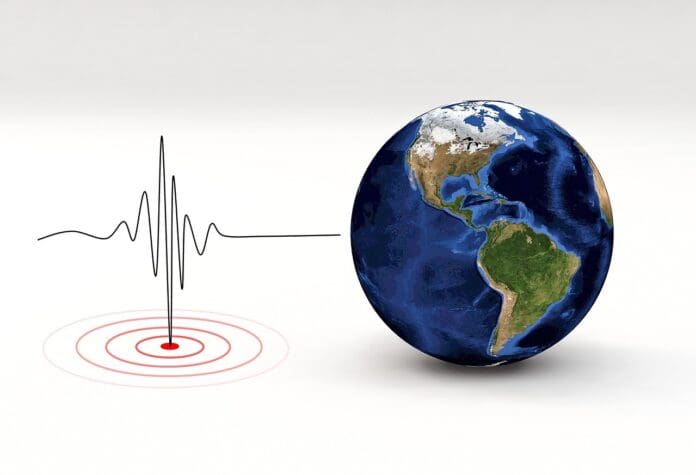This post is also available in:
 עברית (Hebrew)
עברית (Hebrew)
Researchers have introduced a groundbreaking method that could potentially forecast earthquakes months before they strike. Developed by scientists from the University of Alaska Fairbanks (UAF), this innovative approach focuses on detecting prior low-level tectonic activity across extensive areas, leveraging advanced machine-learning techniques.
The study, led by research assistant professor Társilo Girona from the UAF Geophysical Institute, investigates precursory activities related to volcanic eruptions and earthquakes. The method utilizes machine learning to predict such events by analyzing regional seismic activity data. Girona and his team examined two significant earthquakes: the magnitude 7.1 Anchorage earthquake in November 2018 and the 2019 Ridgecrest, California, earthquake sequence, which ranged from 6.4 to 7.1 in magnitude.
Their research revealed that both earthquakes were preceded by about three months of abnormal low-magnitude seismic activity over roughly 15% to 25% of the affected regions—Southcentral Alaska and Southern California. This precursor activity, with magnitudes below 1.5, was notably evident before these major seismic events.
The Anchorage earthquake struck on November 30, 2018, causing considerable damage to roads, highways, and buildings. The study demonstrated that advanced statistical methods, particularly machine learning, can identify precursors to large earthquakes. Girona and co-author Kyriaki Drymoni developed a computer algorithm to analyze earthquake catalogs and detect unusual seismic patterns. Their findings indicated that the probability of a significant earthquake occurring within 30 days surged to approximately 80% around three months before the Anchorage event, reaching about 85% in the days leading up to it. Similar probability trends were observed for the Ridgecrest earthquakes starting around 40 days before the sequence began.
The researchers suggest that an increase in fluid pressure within fault zones – fractures or zones of weakness in the Earth’s crust – weakens the faults by reducing friction, leading to low-magnitude precursor earthquakes before a major quake. This change in the fault’s behavior due to increased pore fluid pressure causes uneven stress across the region, which can trigger these smaller precursor earthquakes.
Girona highlighted the role of machine learning in transforming earthquake research. Modern seismic networks produce vast datasets, and machine learning can help identify patterns that indicate potential seismic events. “This is where advancements in machine learning and high-performance computing can play a transformative role, enabling researchers to identify meaningful patterns that could signal an impending earthquake,” Girona noted.
The algorithm is slated for near-real-time testing to address forecasting challenges. However, researchers emphasized that any new implementation should be preceded by training the algorithm with local historical seismic data. Accurate earthquake forecasting, while potentially life-saving, also poses ethical and practical concerns, such as the risk of false alarms and missed predictions, which can have significant consequences.


























